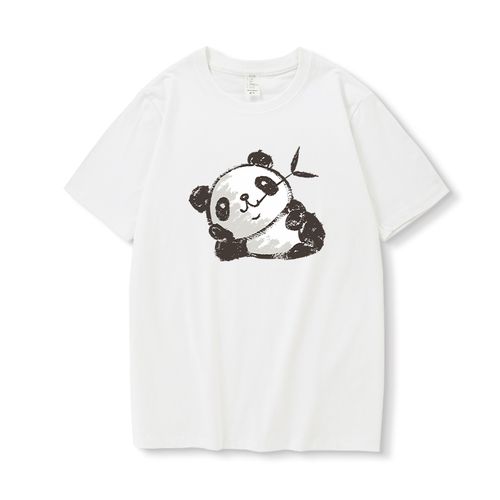Understanding the pros and cons of different fabrics is important to choosing the right material. The following are the characteristics, advantages and disadvantages of several common fabrics:
1. Cotton: Cotton is one of the most common fabrics, with good breathability, softness and comfort , strong hygroscopicity and other characteristics. It is skin-friendly and suitable for summer wear. However, cotton does not have good elasticity and anti-wrinkle properties and is prone to wrinkles and deformation.
2. Linen: Linen fabric is usually derived from flax or hemp fibers and is light, cool and breathable. Linen fabrics also have good hygroscopicity and antibacterial properties. However, linen fabric wrinkles easily and requires frequent ironing to keep it flat.
3. Silk: Silk is a smooth, soft, gorgeous fabric with good thermal insulation properties. The natural luster of silk makes clothing more noble and elegant. However, silk fabrics are prone to wear and deformation and require careful handling and maintenance, as well as dry cleaning.
4. Wool: Wool (such as wool) has good thermal insulation properties and can keep the body warm in cold seasons. Wool also has good elasticity and anti-wrinkle properties and is not easily deformed. However, some people may be allergic to wool, and wool requires special washing and maintenance.
5. Synthetic fibers: Synthetic fibers (such as polyester, nylon) are generally very durable, easy to clean, and quick-drying. They also have great anti-wrinkle properties and elasticity. However, synthetic fibers have poor breathability, easily generate static electricity, and are not as comfortable as natural fibers.
6. Blended fabrics: Blended fabrics are made of different types of fibers, which can give full play to the advantages of various fibers and improve the performance of the fabric. For example, cotton-polyester blends offer the softness and breathability of cotton with the durability and wrinkle resistance of polyester.
When choosing fabrics, you can consider the characteristics of different fabrics based on seasons, clothing design needs, functional requirements, etc. In addition, you should also pay attention to the quality and production process of the fabric to ensure that you choose high-quality fabrics that suit your needs.







